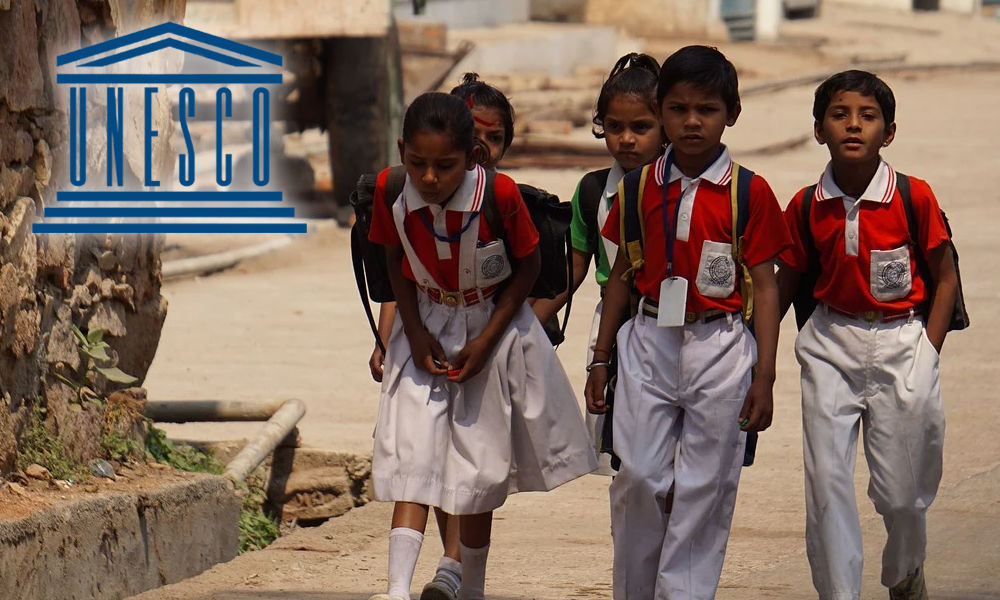The coronavirus pandemic that brought an entire world to a standstill, has triggered an education crisis, according to the Global Education Monitoring (GEM) report by UNESCO ( United Nations Educational, Scientific and Cultural Organization).
The report highlighted that the education crisis has deepened due to deep and multiple forms of inequality having gender roots and implications.
It pointed out that several factors like an increase in gender-based violence during the extended time families had to spend at home during the lockdown, a potential rise in teenage pregnancies or early marriages, the possibility of a certain section of girls dropping out of schools or colleges due to several reasons, girls being at a disadvantage due to shifting to online learning and increased responsibilities of household chores contributed to the setbacks.
‘The first of these implications is the concern that the extended period families spent at home during the lockdown increased gender-based violence. Whether such violence affects mothers or girls, the consequences for girls’ ability to continue learning are clear. Second, sexual and gender-based violence coupled with restricted access to reproductive health, police, justice, and social support services may increase early pregnancy,’ said UNESCO report.
‘One estimate is that COVID-19 could cause 13 million more child marriages over the next 10 years. There have been attempts, based on previous knowledge of the links between poverty and school attendance, to project the potential effect of COVID-19 on dropout. UNESCO suggests that 3.5 percent of adolescent girls of lower secondary school age and 4.1 percent of young women of upper secondary school age in sub-Saharan Africa are at risk of not returning to school,’ it pointed out.
New 2020 Gender @GEMReport says it remains vital for governments to tackle persisting discrimination to achieve equality in education for the next generation of girls #Beijing25 #GenerationEquality #Iamthe1stGirl https://t.co/cQzPDgzAR3 pic.twitter.com/AYw2okCB3O
— Global Education Monitoring Report UNESCO (@GEMReport) October 13, 2020
Measure to contain the spread of the virus which included governments around the world imposing lockdowns, curtailing economic activity, and shutting down schools and educational institutions triggered the red flags. Quoting the World Bank that girls aged 12 to 17 are more at risk than boys of not returning to school in low and lower-middle-income countries.
‘In April, 91 percent of the global student population was affected in 194 countries. The COVID-19 pandemic has precipitated an education crisis, fuelled by deep and multiple forms of inequality. Some of these forms have gender roots and gender implications,’ it added.
It also said that the shift to online distance learning could have potential disadvantages, especially to girls. Highlighting the disparity, it said in low and middle-income countries, women are 8 percent less likely than men to have a mobile phone and 20 percent less likely to use the internet on it. Additionally, the school closures led to increased child care and chore responsibilities at home, which is likely to disadvantage girls more.
Also Read: My Story: ‘Kids’ Determination Gave Me Strength To Teach Them’












